
Adtran’s Oscilloquartz optical cesium clock outperforms in tests at leading European metrology institute
HUNTSVILLE, Ala.--(BUSINESS WIRE)--Sep 5, 2023--
2023-09-05 20:17

Valorant Patch 7.09 Agent Tier List
Check out our Valorant patch 7.09 Agent tier list after nerfs to Raze and Skye, a buff to Cypher, and the introduction of Iso.
2023-11-01 04:25

Google is excellently trolling Flat Earthers
Oh Google, you naughty old devil. Someone in Silicone Valley is rolling around in laughter after pulling off this hilarious prank at the expense of the Flat Earth community. Flat Earthers believe that the world is flat, and that any evidence to the contrary is faked. Their belief that the world is flat has been described as the ultimate conspiracy theory, as they also think that several governments and NASA are working together to keep the general public in the dark. Sign up to our free Indy100 weekly newsletter Now, one member of Google's workforce has decided to take matters into their own hands with this subtle but oh-so-effective troll. Log onto Google, and access Google Translate. When you're in there, type in 'I'm a flat-earther' in English, then look at the French translation. If you're not a fluent French speaker, then the translation might need explaining. Try flipping that box around again and see what you get. In other flat earthers news, they announced that they think that Australia - yes, that massive, dusty continent that's given us Kylie Minogue, and has a population of 24 million - doesn't exist. In a now-deleted Facebook post, one of the leaders of the movement Shelley Floryd wrote: Australia does not exist. All things you call 'proof' are actually well-fabricated lies and documents made by the leading governments of the world. Your Australian friends? They're all actors and computer-generated personas, part of the plot to trick the world. If you think you've ever been to Australia, you're terribly wrong. The pilots are all in on this and have in all actuality only flown you to islands close nearby - or in some cases, parts of South America, where they have cleared space and hired actors to act our as real Australians. As if that wasn't enough, they also said that they think that gravity doesn't exist and that the only real force is electromagnetism. Right... Now we see why Google set up the troll. Have your say in our news democracy. Click the upvote icon at the top of the page to help raise this article through the indy100 rankings.
2023-07-13 19:50

Fluke Reliability Acquires AI-Powered Vibration Analytics and Remote Condition Monitoring Solution
EVERETT, Wash.--(BUSINESS WIRE)--Aug 29, 2023--
2023-08-30 01:22

Does Tristan Tate run a brothel? Controversial influencer suggests troll to 'look for job' after grave accusation: 'Nothing to do with pimping'
Tristan Tate said, 'The world is shocked to find out that although I’ve been accused of human trafficking it’s nothing to do with selling people'
2023-07-13 18:47

Russian cyber-attacks ‘relentless’ as threat of WW3 grows, expert warns
Cyberattacks by the UK’s enemies are becoming “relentless” as we enter a “new era” of global conflict, an expert has warned. It comes after Russian hackers allegedly acquired top-secret security information on some of the country’s most sensitive military sites, including the HMNB Clyde nuclear submarine base on the west coast of Scotland and the Porton Down chemical weapon lab. The “potentially very damaging” attack last month by hacking group LockBit, which has known links to Russian nationals, saw thousands of pages of data leaked onto the dark web after private security firm Zaun was targeted, the Sunday Mirror newspaper reported. The company, which provides security fencing for sites related to the Ministry of Defence, said it had been the victim of a “sophisticated cyber attack”. Responding to the news, Kevin Curran, professor of cyber security at Ulster University, told the PA news agency that LockBit’s attack was “serious” as we approach a potential “World War Three” following Russia’s invasion of Ukraine. He said the raid was “likely” sponsored by the Russian state given the nature of its target and that cyber attacks by Britain’s enemies had become “relentless”. Professor Curran warned that we were unprepared for this new era as third-party companies, which hold data on our military infrastructure were not being properly regulated. He said: “You can’t just expect third-party suppliers to adhere to your rules. “There is always a risk when you have third-party suppliers and you do wonder if they adhere to industry best practice. “It is a worry because everything is online now – cybercrime is the biggest crime in the world. “Given the new era we are entering which is the brink of World War Three everything is serious. They are relentless with these attacks Professor Kevin Curran “They are relentless with these attacks. Their best way into our country is through our cyber-security. This is the nation at risk. “In this case, given the target, my money would be on this being state-sponsored.” It comes after Labour MP Kevan Jones, who sits on the Commons Defence Select Committee, urged the Government to explain why Zaun’s computer systems were “so vulnerable”, warning: “This is potentially very damaging to the security of some of our most sensitive sites.” “Any information which gives security arrangements to potential enemies is of huge concern,” he added. The government has so far declined to respond to concerns, with a spokesperson saying: “We do not comment on security matters.” In a statement on its website published on Friday, Zaun said it had taken “all reasonable measures to mitigate any attacks on our systems” and explained that they had referred the matter to the National Cyber Security Centre (NCSC). It explained that the breach occurred through a “rogue Windows 7 PC” that was running software for one of their manufacturing machines but that the network was “otherwise up to date”. It said: “At the time of the attack, we believed that our cyber-security software had thwarted any transfer of data. “However, we can now confirm that during the attack LockBit managed to download some data, possibly limited to the vulnerable PC but with a risk that some data on the server was accessed. “It is believed that this is 10 GB of data, 0.74 per cent of our stored data. “It is well known that Zaun is a specialist in high-security perimeter fencing and has supplied fencing to many high-profile sites. “Sites where our products are used include prisons, military bases and utilities.” Zaun has been approached for further comment. Read More Ukraine-Russia war – live: Putin suffering ‘mounting casualties’ and forced to appeal for foreign fighters Russia attacks a Ukrainian port before key grain deal talks between Putin and Turkey's president Russians press Ukraine in the northeast to distract from more important battles in counteroffensive Ukraine ‘targets critical bridge’ built by Putin as counteroffensive ‘breaks through on southern front’ Charity boss speaks out over ‘traumatic’ encounter with royal aide Ukraine war’s heaviest fight rages in east - follow live
2023-09-04 01:48

Lawsuit alleges Harvard gives preferential treatment to legacy admissions, who are 'overwhelmingly' White
Three minority advocacy groups are suing Harvard University's governing body, accusing the school of discrimination by giving preferential treatment to children of wealthy donors and alumni, and are citing the recent US Supreme Court ruling that gutted affirmative action to bolster their lawsuit.
2023-07-04 08:27

Is Kris Jenner mad at Kourtney Kardashian? Internet slams ‘sh**ty mom’ as she posts ‘bare minimum’ on daughter’s pregnancy
The internet slammed Kris Jenner as she only posted a story with a two-line caption congratulating Kourtney Kardashian on her pregnancy
2023-06-19 10:55

Biden’s Climate Law Will Supercharge Emerging Green Tech Globally
In addition to supercharging the US solar, wind and EV industries in the near term, incentives in President
2023-07-06 23:29

Dr.Evidence® Appoints Ken Kobayashi, MD, FACP to its Medical Strategy Advisory Board
SANTA MONICA, Calif.--(BUSINESS WIRE)--Jun 6, 2023--
2023-06-06 23:57

23 of the funniest blue couch memes
Social media can be a nasty place at times, but every now and then a trend comes along which reminds you just how fun it can be. The most recent is the blue couch, which has been the talk of Twitter for the past week or so. In case you missed it, influencer Amanda Joy got a lot of people talking recently after finding a couch abandoned on the streets of New York. After doing a little research and believing it to be the $8,000 ‘Bubble’ couch from French brand Roche Bobois, she decided to take it back to her apartment and clean it up. Sign up to our free Indy100 weekly newsletter Joy’s dad picked up the couch in his van and Joy filmed the entire process of brightening up the sofa and moving it to her living room. The TikTok now has over 40 million views, and over 4 million likes – but not everyone thought it was a good idea to take the couch off the sidewalk. Some believed the unique-looking piece wasn’t the real deal and instead claimed it was a knockoff. Others were concerned about possible bed bugs and roach infestations, with no sign of how long the couch had been on the street. In the days that followed it continued to raise eyebrows across the internet, and these are some of the biggest reactions and memes. Have your say in our news democracy. Click the upvote icon at the top of the page to help raise this article through the indy100 rankings.
2023-05-24 18:27

Partnership Between Vanta, East Metro STEAM, and Intel Fosters Accessible and Inclusive Esports Community for East County High Schools and Middle Schools
PORTLAND, Ore.--(BUSINESS WIRE)--May 29, 2023--
2023-05-30 00:45
You Might Like...
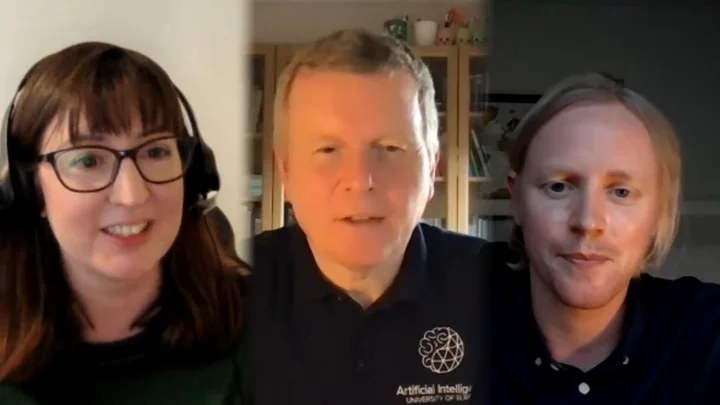
AI poses a profound threat – but could also help us in a variety of important ways, experts agree
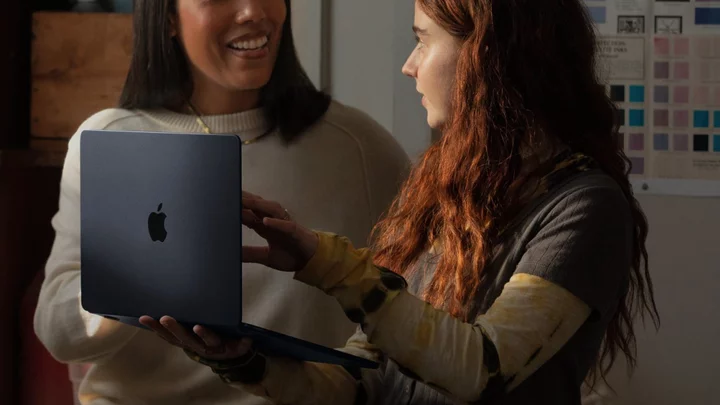
The M1 MacBook Air just hit its lowest price ever ahead of Prime Day
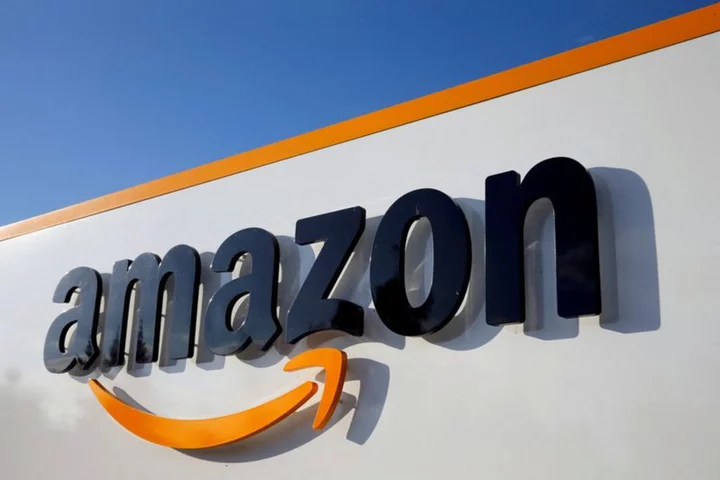
Amazon plans more warehouses and higher headcount in Europe
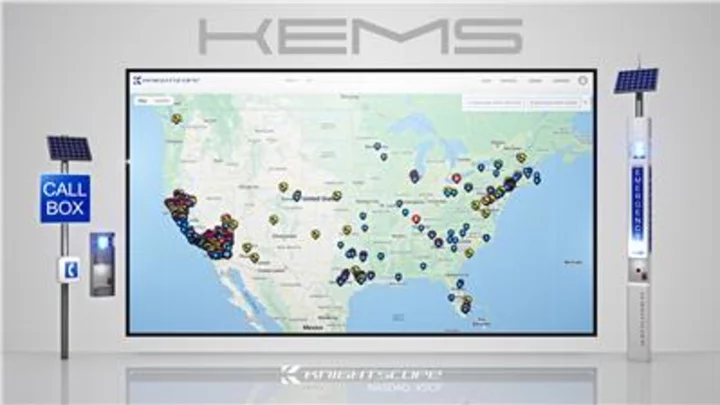
Knightscope Releases All-New KEMS Software Platform
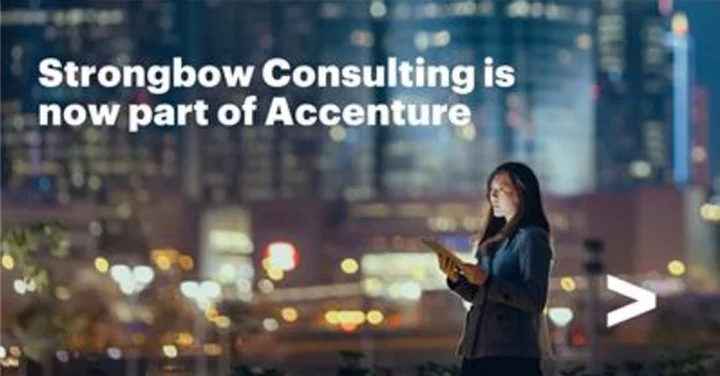
Accenture Expands Technology Strategy Capabilities with Acquisition of Strongbow Consulting

G-20 Sees Risks to Long-Term Growth From ‘Cascading Crises’
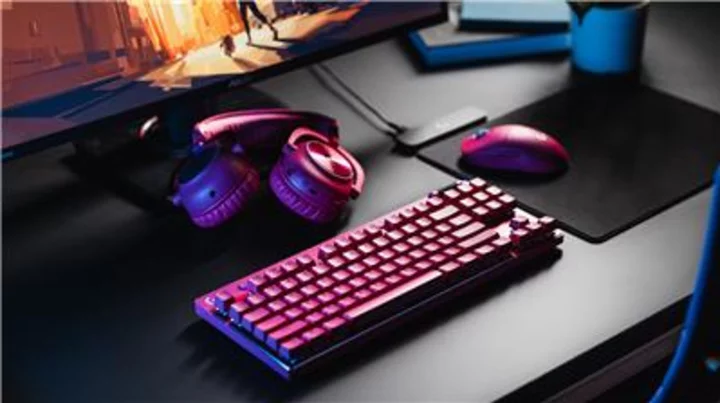
Logitech G Takes Esports Performance to New Levels With New PRO Series Gear

What are the charges against Brendan Depa? 6'6" Florida teen pleads guilty to beating teacher unconscious over Nintendo Switch
